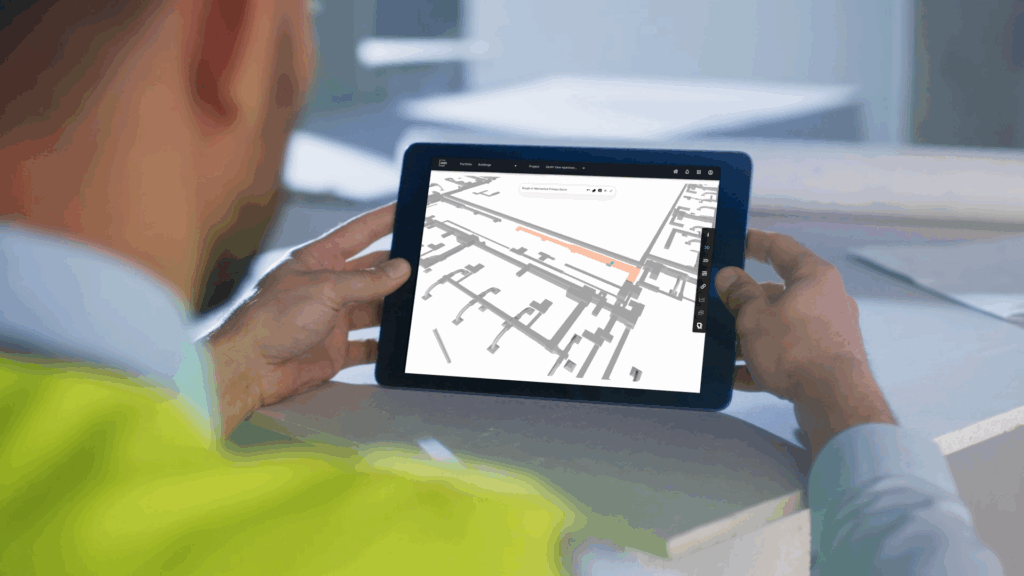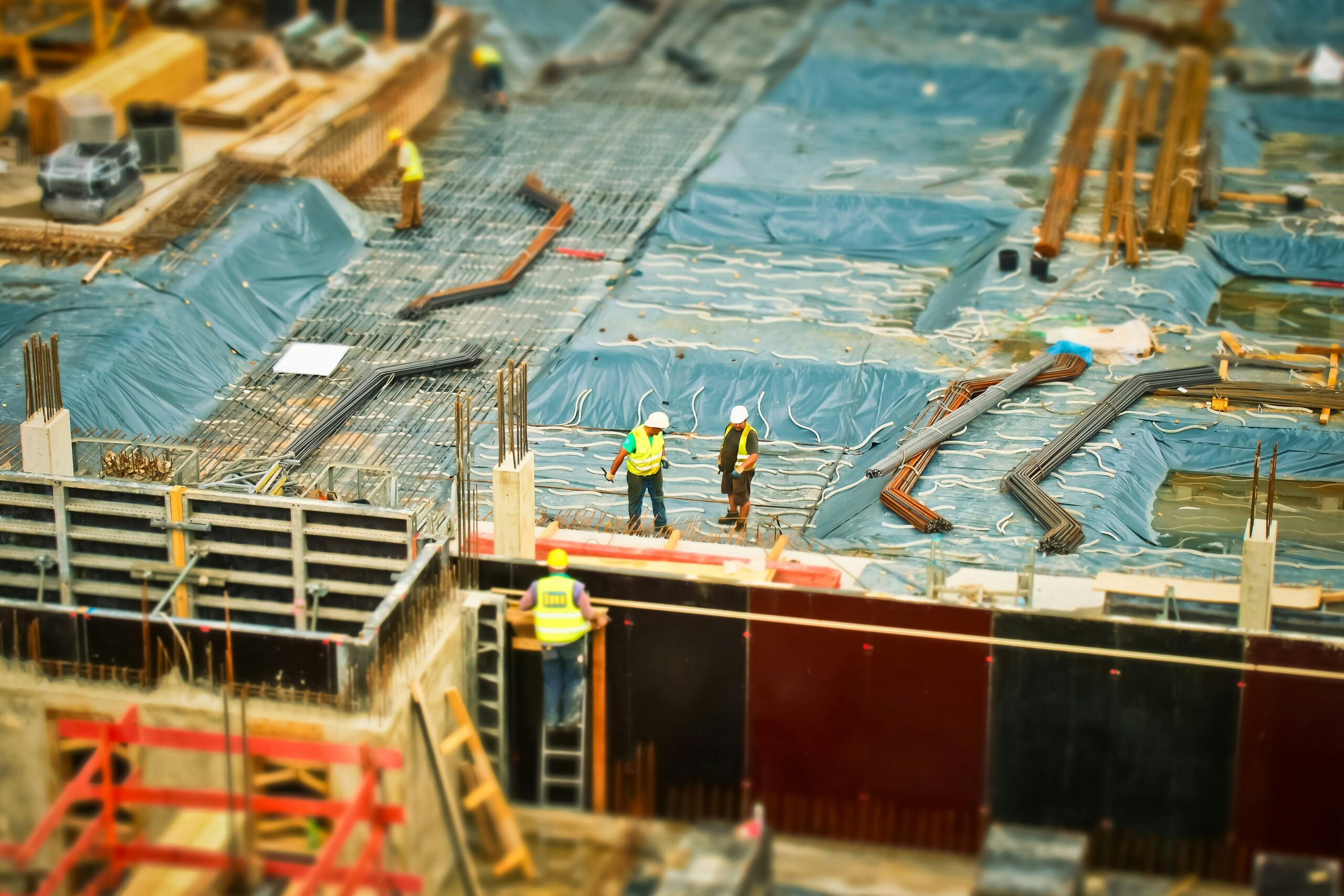The Construction Industry’s Moment of Reckoning
The construction industry is no stranger to adversity—but today’s landscape feels different. Ongoing material shortages, tariff fluctuations, and project delays have forced teams to rethink how they operate. In a recent LinkedIn Live event hosted by US Construction Zone, Slate Technologies CEO Trevor Schick shared his perspective on how construction can adapt—and even thrive—in this new era of uncertainty.
Trevor brings a unique background to the conversation. Before leading Slate, he built a career in high-tech supply chain management, holding leadership roles at companies like Apple, Motorola, and HP. That experience—especially in high-efficiency industries—shaped how he views the fragmentation and inefficiencies plaguing construction today.
What Makes Material Volatility So Hard to Navigate
Unlike past challenges, today’s material volatility is defined less by predictable tariffs and more by unpredictability itself. “If I knew what the real impact was,” Trevor explained, “I could go make plans… but not knowing where things will be in a few months is what’s putting a lot of uncertainty into the system.”
Add to that a layered and siloed supply chain—where data gets lost between contractors, subs, distributors, and suppliers—and it’s no surprise that so many construction leaders are left guessing. Trevor compared it to his experience in tech: “I used to know exactly where my materials were. In construction, people ask if materials will arrive on time, and I have to say, ‘I hope so.’”
Why Centralized Data Is a Game-Changer
At the heart of many of construction’s most pressing issues is fragmented data. According to Trevor, “30% of people’s time in this industry is spent trying to find information.” That’s time not spent solving problems or staying on schedule.
Centralizing data changes that. When teams can ask a single platform for the status of a task, material cost, schedule conflict, or open RFI—and get real-time answers—decision-making becomes faster, more accurate, and less reactive. “It’s not about replacing people,” Trevor emphasized, “it’s about enabling them to spend time on the right things.”
AI in Action: From Insight to Impact
AI isn’t just hype—it’s already at work. From predicting weather-related installation delays to identifying the most cost-impactful issues on a site, intelligent platforms are helping teams move from data to action.
Trevor explained how tools like Slate use AI to surface recommendations: “We’re not just pointing out problems. We’re saying, ‘Here are three things you can do.’ And then the human makes the call.” The goal? Fewer surprises, better planning, and smarter scheduling—all with the field team in mind.
Preparing for What’s Next
Adoption won’t happen overnight, especially in an industry known for tradition. But change is already underway. Larger construction firms are investing in tech startups, while smaller teams are starting with lightweight, integrable tools that build momentum without disruption.
Trevor’s message to the industry was clear: “We’re not going to eliminate volatility—but we can get better at navigating it.” That starts with better data, smarter tools, and a commitment to evolve.

Want to hear more?
🎧 Watch the full interview: US Construction Zone LinkedIn Live Replay
🌐 Learn how Slate is helping construction teams adapt and thrive

